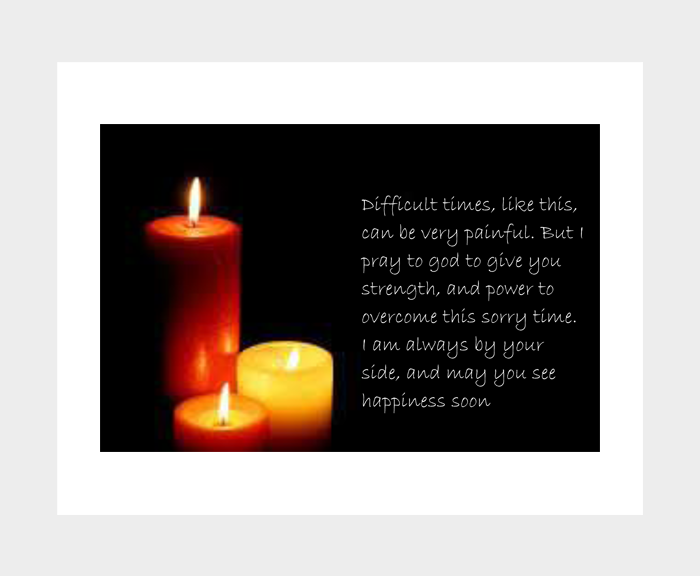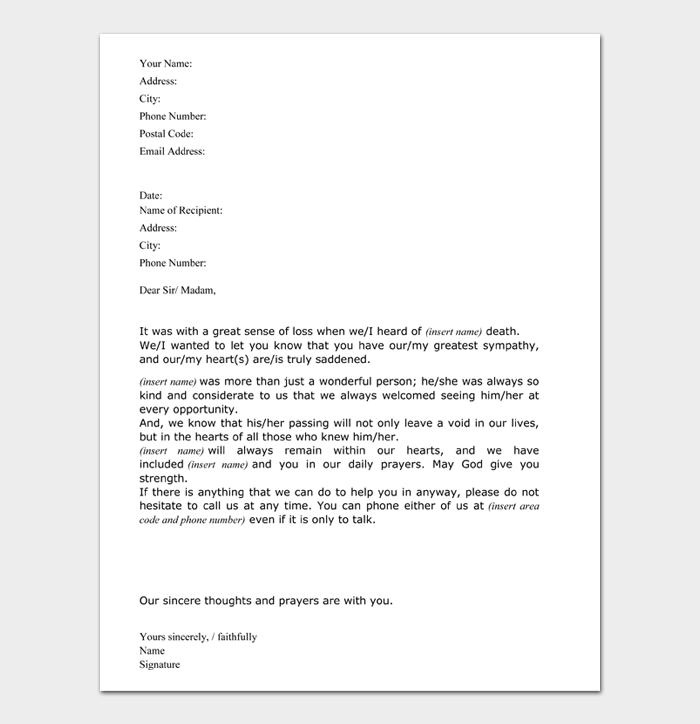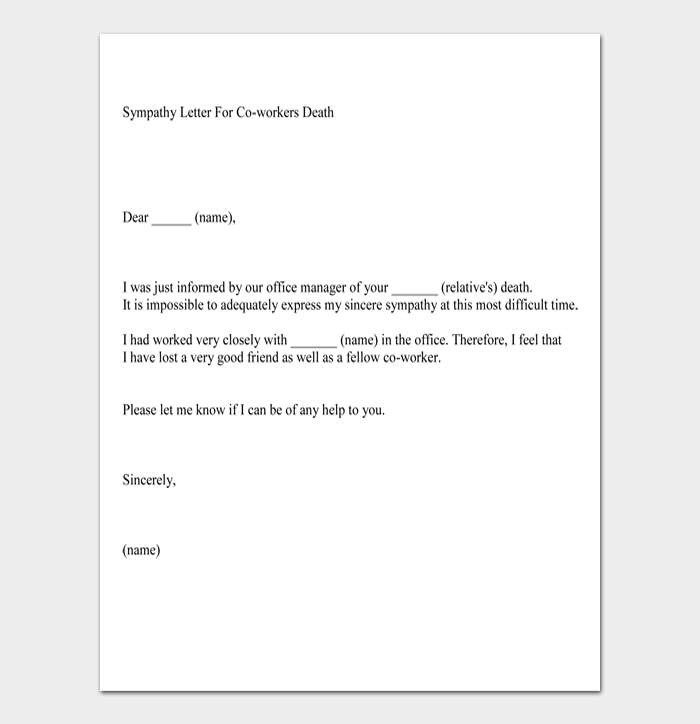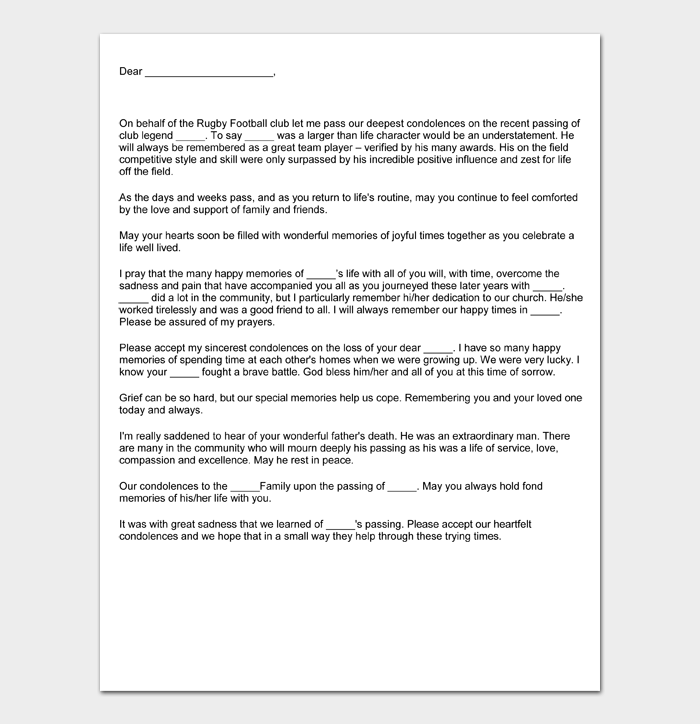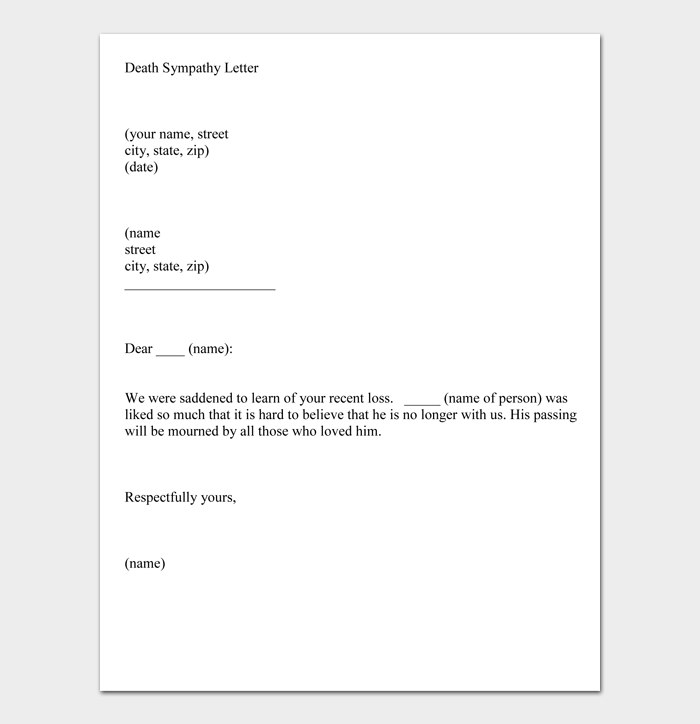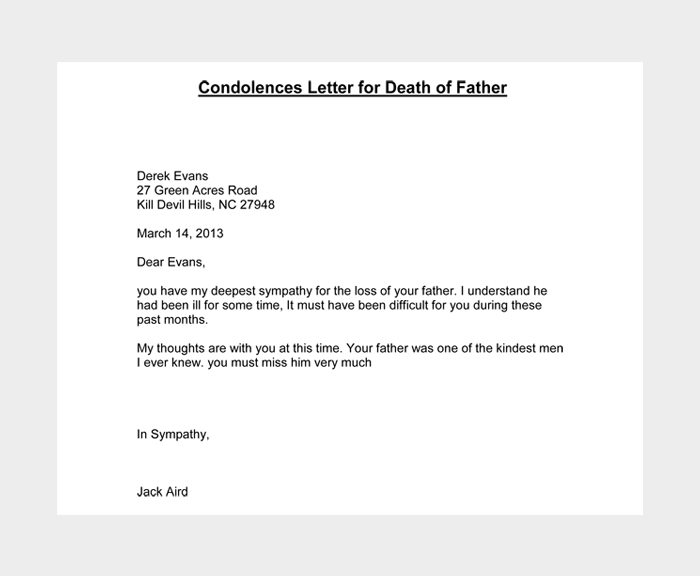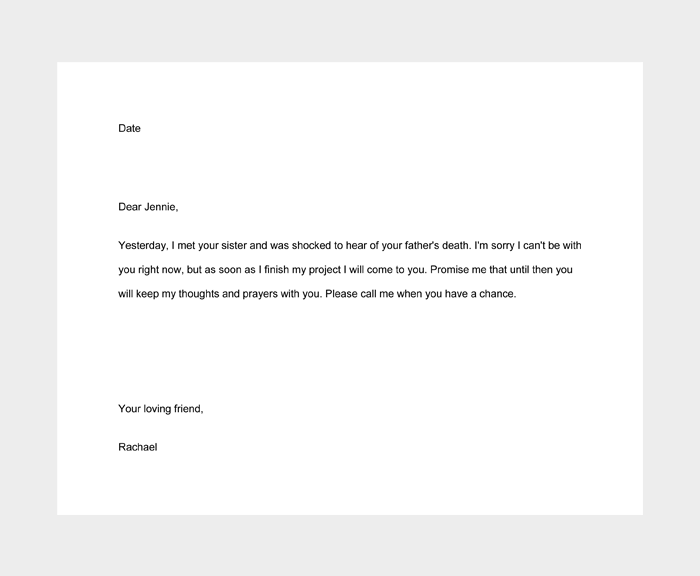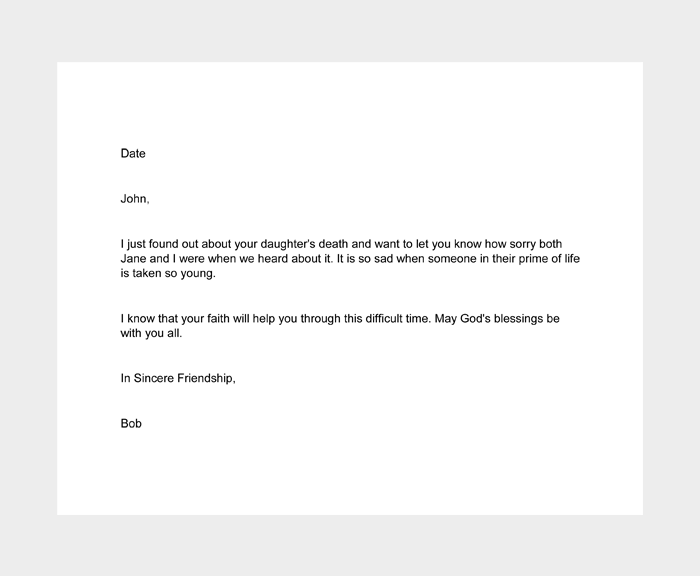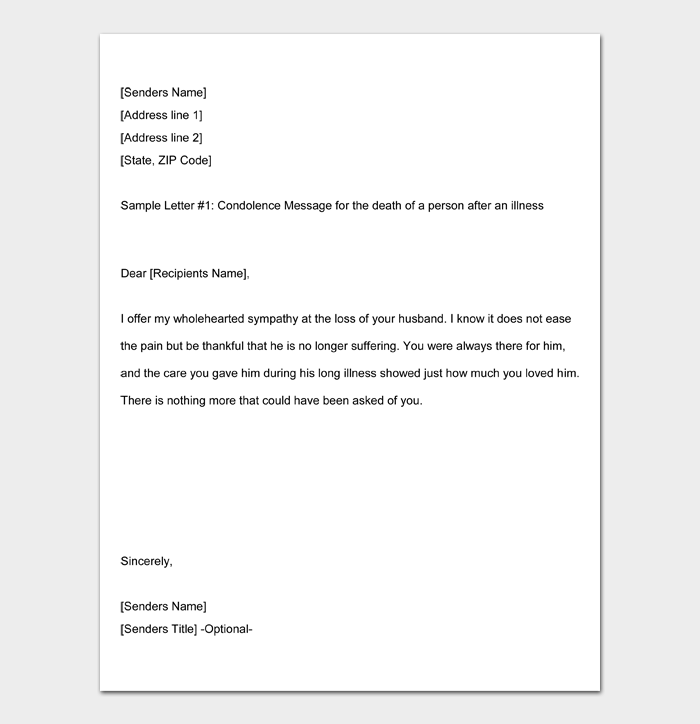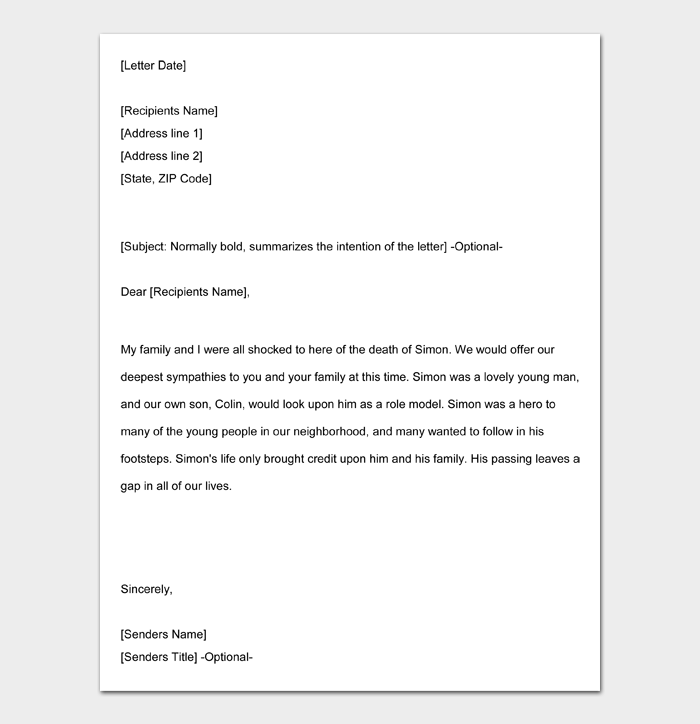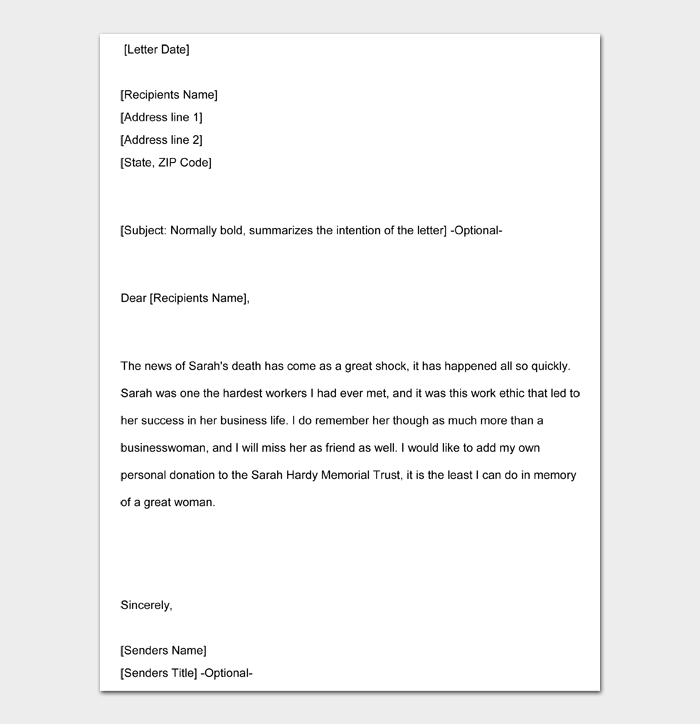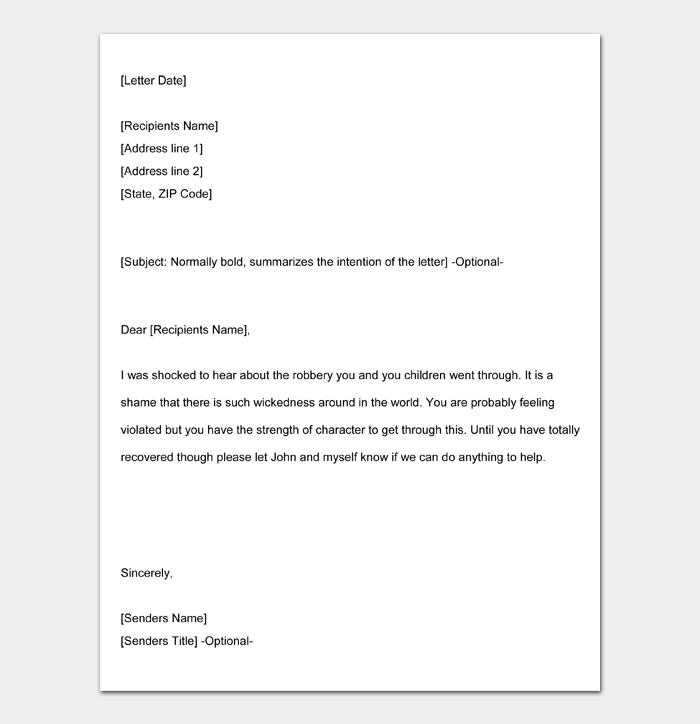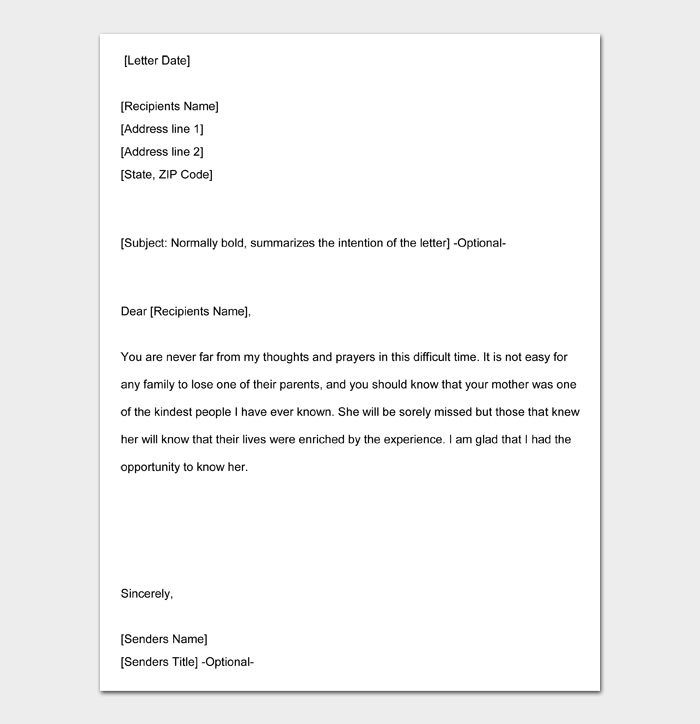When someone you know is grieving the loss of a loved one, it can be tempting to pick up a generic sympathy card from the shop. However, this might not carry the impact of a personally written note or letter. A condolence and sympathy note or letter is a thoughtful way of informing someone in pain that you are thinking of them. It is a simple yet powerful gesture of heartfelt friendship and support.
Although it can be hard to find the right words to say to someone who is grieving, a few tips can set you on the right track. Here is everything you need to know to draft a thoughtful condolence note.
Tips for Writing a Sympathy Letter or Note
Not every tip in this section will apply to your condolence and sympathy note or letter. However, you can use most of them to come up with the wordings for your message.
- Mention the deceased by name – Acknowledge the loss directly without being harsh or crass.
- Express your sympathy for the situation
- Mention some of the deceased’s best personality traits and qualities
- Mention how you knew the deceased. You can add a favorite or funny memory you have of them.
- Offer support in any way you can e.g., helping with chores or funeral arrangements.
- Close your letter with a thoughtful sentiment
Things to Avoid in a Condolence Letter
When drafting your letter, avoid:
- Using phrases such as ‘it’s for the best’ ‘it was their time’ or ‘everything happens for a reason.’
- Using any religious overtones or wordings unless you are sure of the recipient’s faith
- Pushing the recipient to ‘move on.’
- Describing in detail the cause of death
Condolence and Sympathy Note or Letter Format
{Date}
{Recipient’s Name}
{Recipient’s Address}
{City, State, Zip Code}
Dear {Recipient’s Name}
I received the news of {name of deceased}’s death with deep sadness. I cannot imagine how difficult this period must be for you. Nonetheless, please know that I am here for you in every way possible.
{Name of deceased} was a {state positive qualities}. {He/She} would {illustrate positive qualities}. I remember one time {mention short, positive anecdote}.
I hope you find comfort in knowing that {he/she} will be greatly missed.
Again, I am sorry for your loss. If you like, I can {state how you can help}.
All my love and support.
Sincerely,
{Your Name}
Sample Condolence and Sympathy Note or Letter
18 August 2020
Meghan Jones
345 Boulevard Street
Ohio, TX 56466
Dear Meghan,
I was deeply saddened to learn about the death of your husband, Kevin. I cannot imagine how it feels to lose a partner of 14 years. Nonetheless, I want you to know that I am here for you.
Kevin was a loving and humble man. He expressed love and kindness to his friends and family. As his only sister, I had a front-row seat to his charming way with people. I, like you, will miss him greatly.
I understand that the next few days will be hectic. I can come over and help at your convenience. Kindly contact me on 345 688 8987 if you need me for anything.
All my love and support.
Sincerely,
Jenny Jones
Condolence and Sympathy Note or Letter (Word Template)
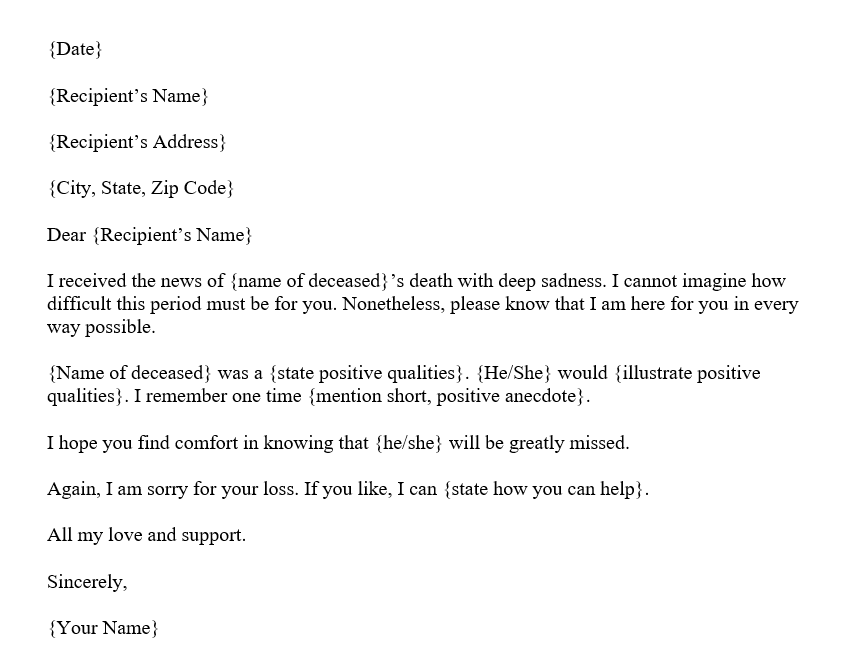
- MS Word
Sympathy Card Messages
Sympathy card messages are short sentiments sent to someone going through a tough time. They can indicate how sorry you are or express your support.
- 1
- 2
Sympathy Card Messages for Loss
These messages are specific to someone who has lost someone of something they love. They could be sent after the loss of a job, home, or the death of a loved one.
- 1
- 2
Sympathy Message Examples
Sympathy messages or notes are short informal letters sent to someone experiencing grief. They are often short and to the point.
Sympathy Card Message and Letters
A condolence or sympathy letter is slightly longer than a sympathy note. It is written to express sadness over the death of a loved one.
Conclusion
Death can have devastating effects on everyone involved. That is why it is vital to offer survivors comfort during this difficult time. When writing your letter, take into account the relationship you shared with the deceased and the recipient. Make sure your message is appropriate to that relationship.
Finally, remember to keep your condolence and sympathy note or letter short and to the point.















